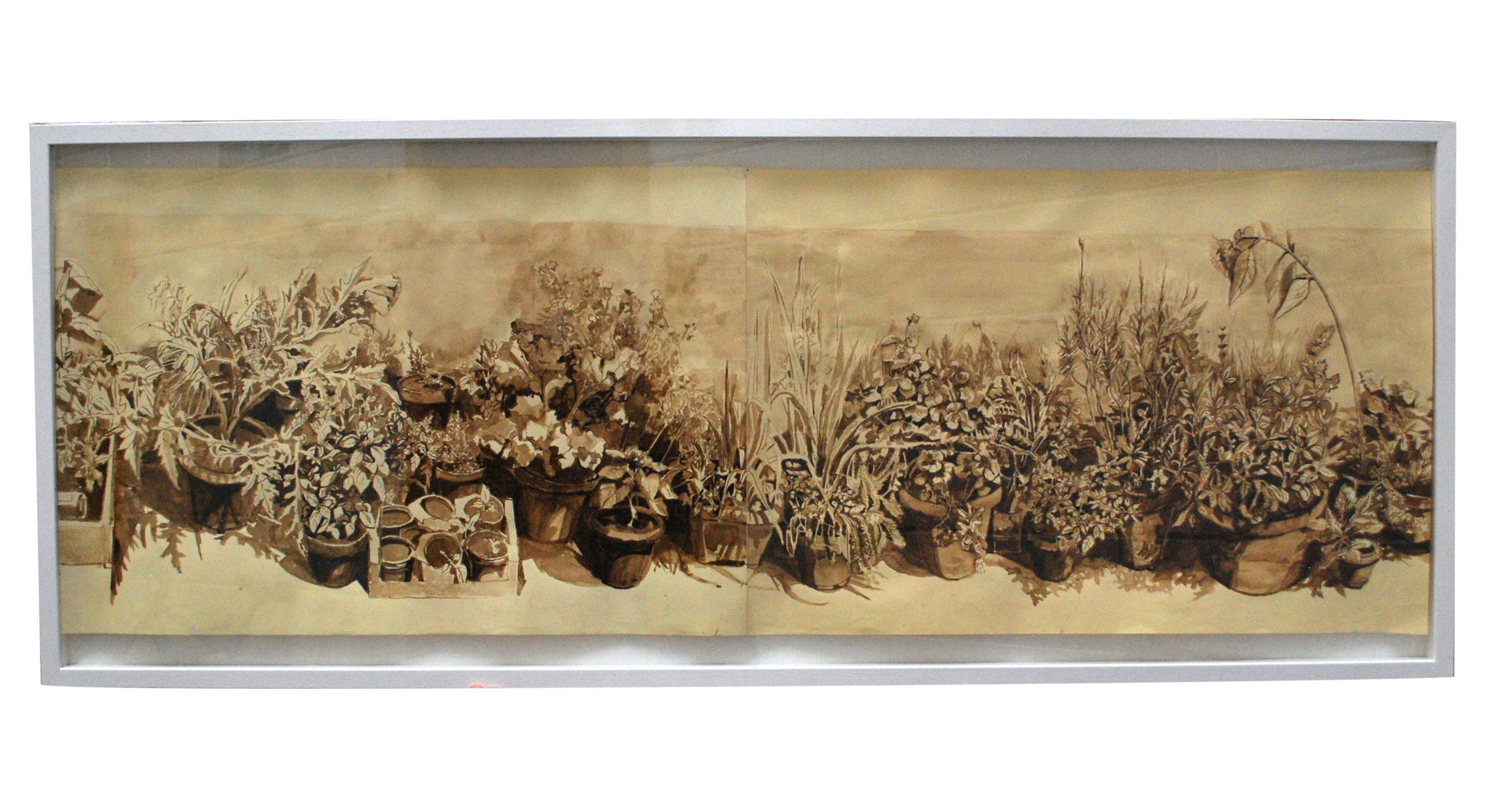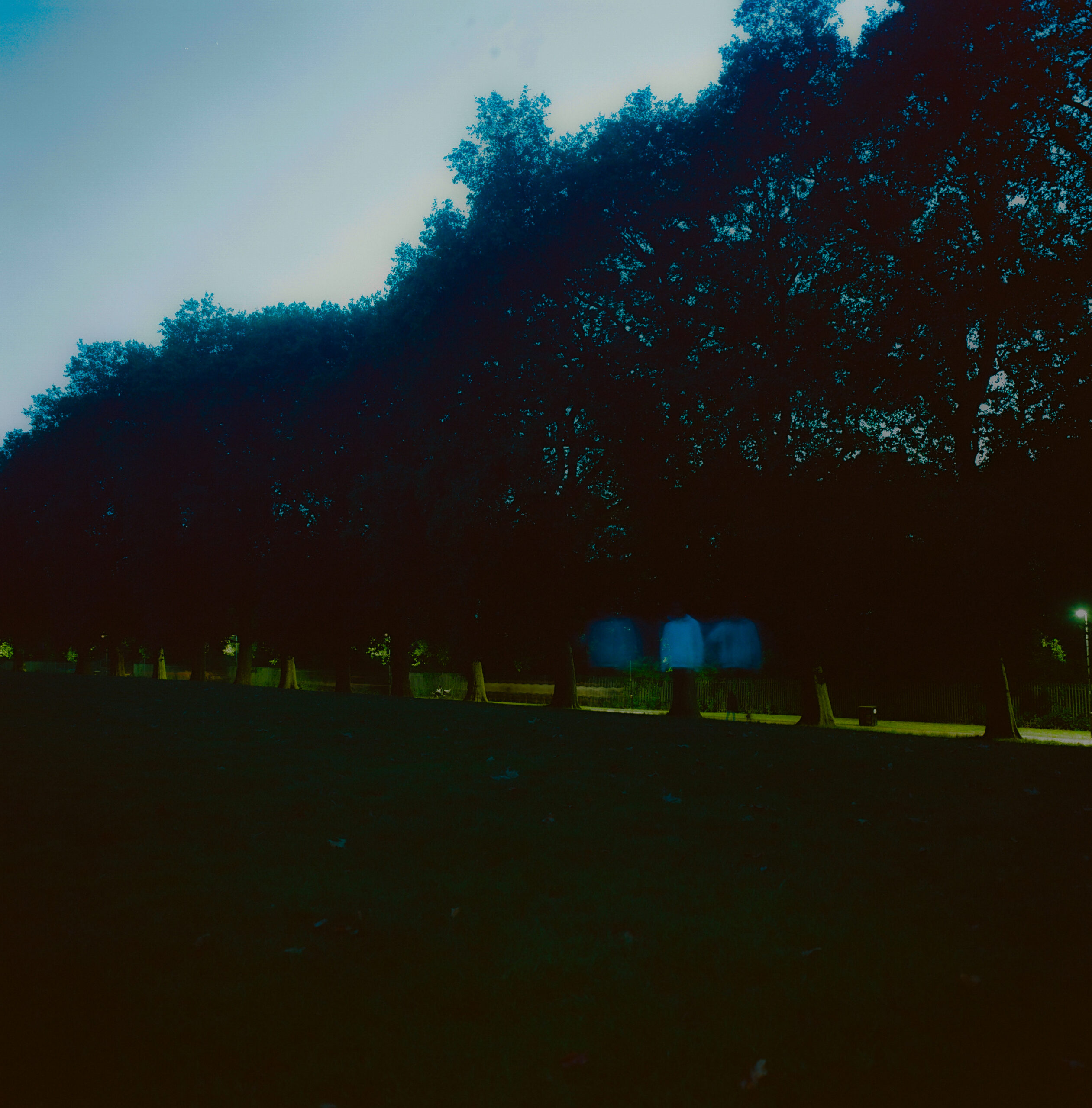Mercer Chance Talk

It's so pleasing to see that there are artists out there that care about more than just themselves and their work, they love their industry and are actively taking steps to improve it for themselves and others. That's exactly what Rachel Mercer and Michael Chance are doing in the form of their studio space and gallery space, aptly titled Mercer Chance. Whilst the pair may be busy working on their own projects, interested parties are more than welcome to drop by and take a peek behind the curtain. I spoke to the pair to find out a little more about their intentions and what you can expect to see once the gallery opens to the public on Friday 24th October;
What's the purpose of Mercer Chance? Who is it for and what can people expect to see?
Rachel Mercer: It has two functions; a studio space and a gallery. We’ll be working in there most of the time, painting, drawing and printmaking. Every weekend we’ll open the doors for visitors and inquisitive passers-by to come in and see our work in progress.
Each month we’ll also put on exhibitions of our peers as well as hosting guest curators. We’re seeking to exhibit artists whose work is built upon a foundation of observation, contemplation and practiced use of their medium, without imposing any restraints for the sake of commercial appeal.
Why did you decide to set it up? Was there something particular that spurred you on?
RM: We’ve done open studios during Hackney Wicked festival for the last couple of years and loved it – its a great opportunity to show varied selections of work in a personal context which enables people to engage with you as a working artist rather than being confronted by products on a blank wall.
Michael Chance: Yeah, I suppose I see a widening gulf between two extremes; private commercial ‘artefact’ or ‘investment’ art and publicly-funded ‘experience’ or ‘engagement’ art. Both exist in an institutional context and are subject to certain restrictions and pressures, both are essentially outward looking and driven by novelty. This situation is ill-fitting for the artist who looks inward, making art not for the market, but to satisfy her interests, sensitively filtering her experiences and observations, searching for meaning that is deeply personal, yet universally resonant. I would describe this as a poetic approach. That’s the kind of art-making I want to support and promote through our gallery.
It’s a slow, quiet, yet passionate rebellion against a world all too brutish, superficial and careless. It’s nothing new – artists have expressed the same sentiments throughout the ages – and proudly so; I find both comfort and stimulation in the thought that I am acting within a great historical continuum, building upon rather than rubbishing our heritage. Yet, while I work from my own observations and experiences, I am also necessarily contemporary.
Do you think that being artist-run will allow for a greater diversity of styles to be featured?
MC: In some ways yes; we’re not necessarily interested in showing a really broad range of different artists; but rather we want to provide a space for artists to show the diversity existent within their own practice. Many galleries wouldn’t choose to represent me because I work in wide variety of mediums and styles, without a recognisable and reliably sellable ‘brand’. I wouldn’t expect that from anyone, in fact the more specialised and repetitive someone’s practice, the less likely that I’ll be interested in showing their work.
I actually did the same degree as Michael at Liverpool University – what made him make the transition from music to painting? Is music still a great inspiration in his work?
MC: I did an art foundation course before I went to uni and had always intended to study art, but the fine art teaching I encountered – especially attitudes toward drawing and observation – put me off; I didn’t want to fight against tutors for three years. During and after uni I became involved in the Liverpool and Manchester music scenes, playing in a band, designing and screen-printing posters, t-shirts and album covers for other acts, local and international. I started taking on illustration commissions and pushing my own experimental practice further – gradually art took over from music once more.
They’re companion pursuits of course, everything I’ve learnt and discovered about music is equally applicable to visual art; my mind flicks between the two modes a lot. For me music speaks more deeply and directly to the soul, but making art provides me more intellectual space, and the process of production suits me more. Artist’s studios are way more interesting!

Was the work that will available to view when the gallery opens made specifically for the event or were their other influential factors in their creation?
RM: It’s a sample of work, mostly made during the last six months.
MC: Like an ice core, striped by layers of detritus – memories and observations.
RM: There’s a fair few paintings that we did in Scotland just before we started renovating the gallery – some were made during a residency at Dumfries House, others while on the road in the Highlands.
How important do you think it is that young people get exposed to a wide range of art? Do you think enough is being done to encourage artistic individuality?
MC: Young people are bombarded by more visual material now than ever before – the variety is there, but the quality is lacking; the motives are cynical and the effects are pernicious. It saddens me that nowadays so much young creative potential is sucked into commercial pursuits, especially advertising. It goes without saying that a marketing ‘creative’ swinging from brand to brand like a faceless monkey butler isn’t going to reach the deeper essences of meaning accessible to an artist working free from financial imperatives. I dream of a revolution in our public visual space, where artists take over every billboard and fill our lives with messages that have integrity; that provoke and console, satisfying our desire for meaningful contact rather than creating false needs; undermining our sense of self for profit.
You've said that the space will be used as an open studio, do you think it may perhaps be harder to create if there are several eyes on you as you work?
MC: Well thankfully I can close the curtain so I don’t have to be peered at all the time, especially when I’m doing embarassingly arty, chin-scratching poses!
I thrive under pressure, so having extra attention on my work is hugely motivating for me. I don’t think that being visible will affect my work in style or approach; I think I have some fairly unshakeable interests and principles to work by at the moment.
RM: We both paint and draw outdoors a lot too, so we’re not going to be stuck in a fishbowl.
What does painting mean to you?
MC: Torture and confusion, interspersed with moments of sublime, meditative engagement with nature and imaginative visions, glimpses of the subconsious.
RM: Capturing subtlety of light and colour. It’s a medium that moves at the same pace as my thinking, open to change and re-evaluation.
What made you first fall in love with art? Who was your first great inspiration?
MC: I guess the first would be my parents – who are both art teachers, but especially my Dad – I see more similarities between our work and interests as time goes on. In terms of great artists though (ha!) I’d have to say Michelangelo. I’ve had my mind blown by the Sistine chapel on several occasions and hope to visit again and again in the future. I always loved Picasso too, I remember his work from a very young age.
To be honest I probably spent more time studying Raymond Briggs’ Fungus the Bogeyman than anything else; it’s an inspired depiction of a whole alternative world, full of great social criticism and moments of philosophy, all smeared in glorious subterranean filth. I’m still working in its shadow.
RM: Seeing Gwen John’s ‘Convalescent’ was the most inspirational moment for me; it spoke to me, quietly, humbly and honestly. It seems permeated by light, still and thoughtful, obviously beautiful yet mysterious.
The Mercer Chance Gallery public launch is on Friday 24th October, for more information see the official Mercer Chance website.















![2354_WALLET_FOR_VINYL_313X313_SPINE_3MM [Convertido]](https://www.theransomnote.com/wp-content/uploads/2024/04/SLEEVE-FRV046-copia.jpg)



Must Reads
David Holmes – Humanity As An Act Of Resistance in three chapters
As a nation, the Irish have always had a profound relationship with the people of Palestine
Rotterdam – A City which Bounces Back
The Dutch city is in a state of constant revival
Going Remote.
Home swapping as a lifestyle choice
Trending track
Vels d’Èter
Glass Isle
Shop NowDreaming
Timothy Clerkin
Shop Now